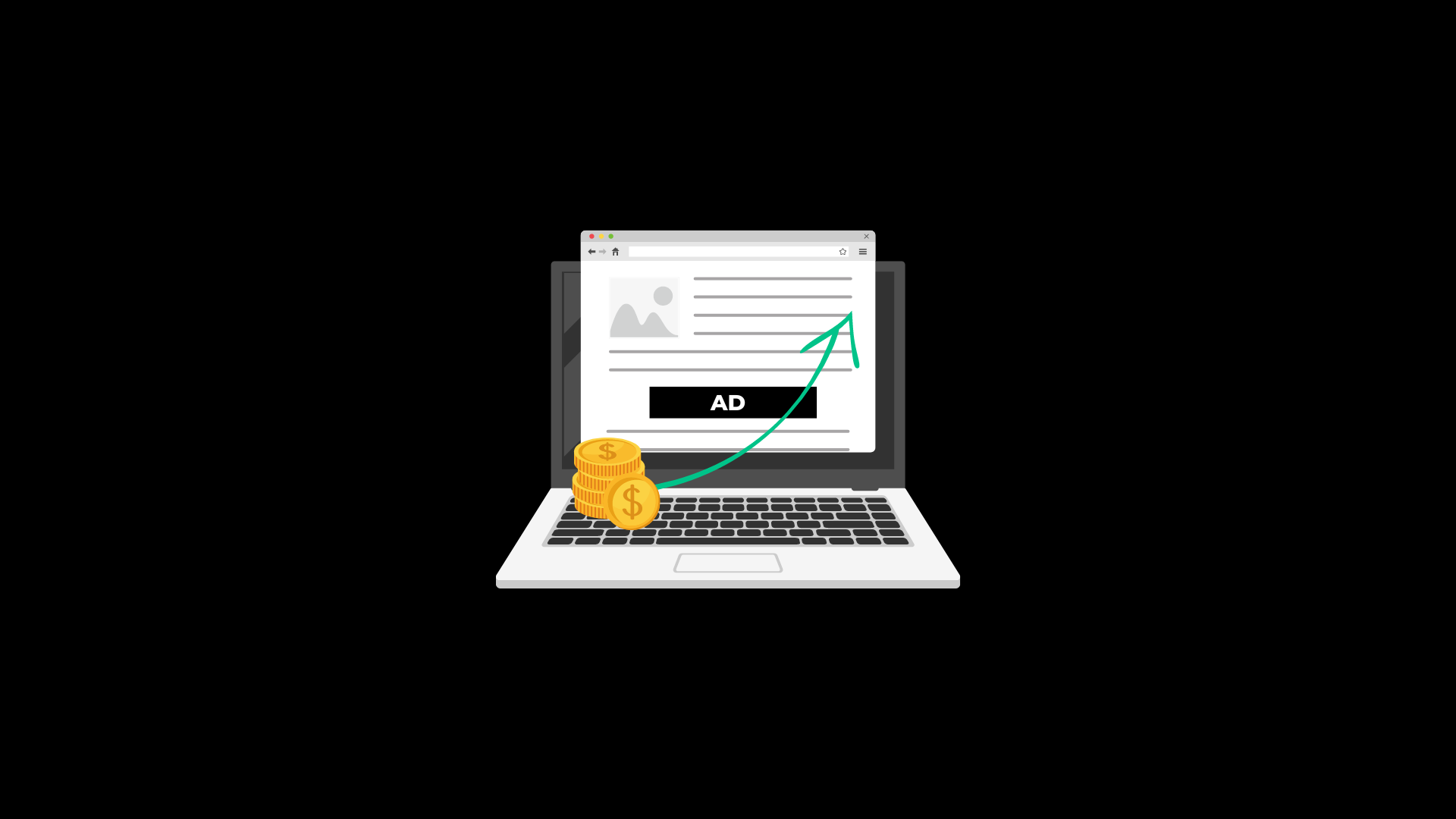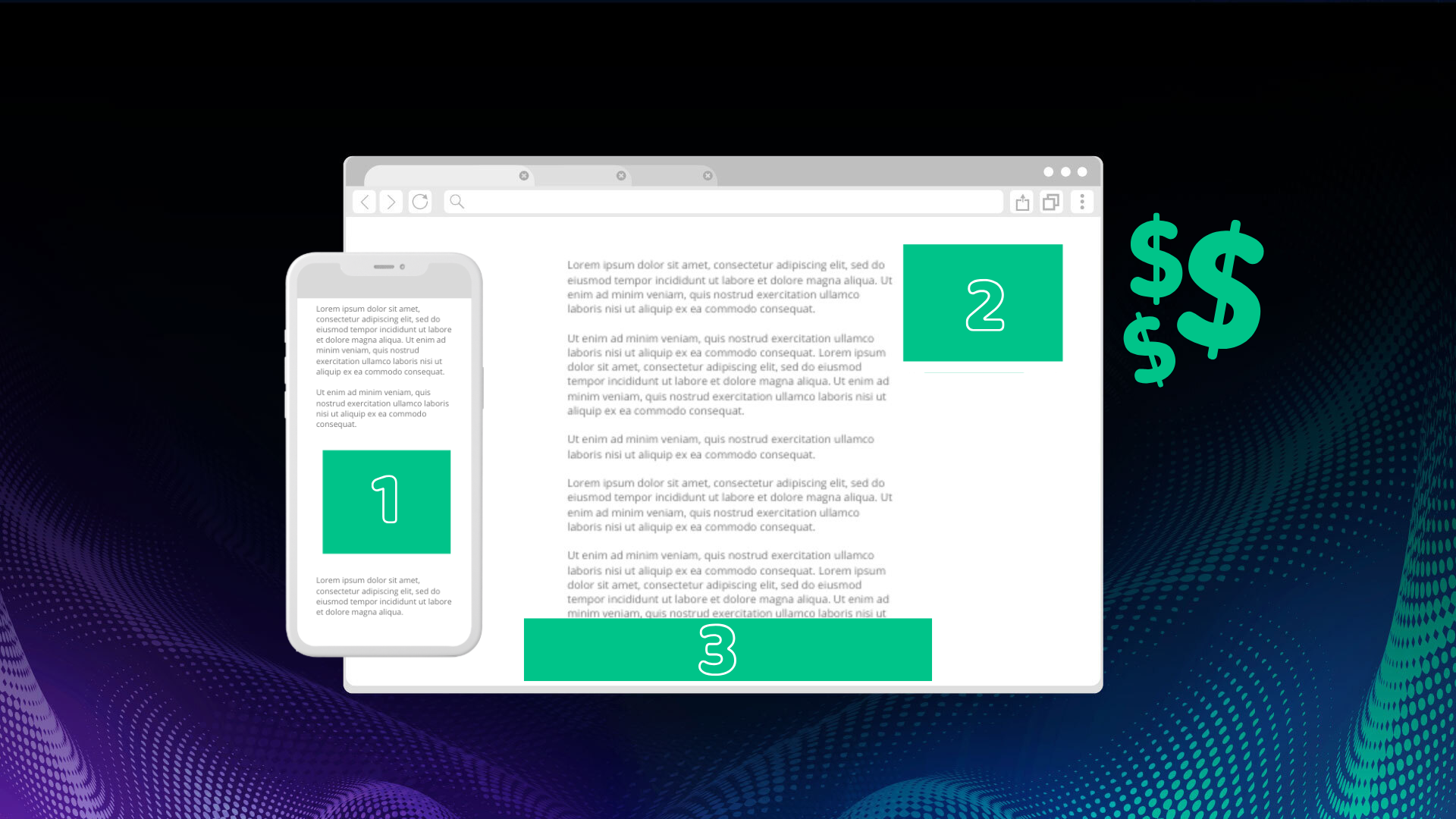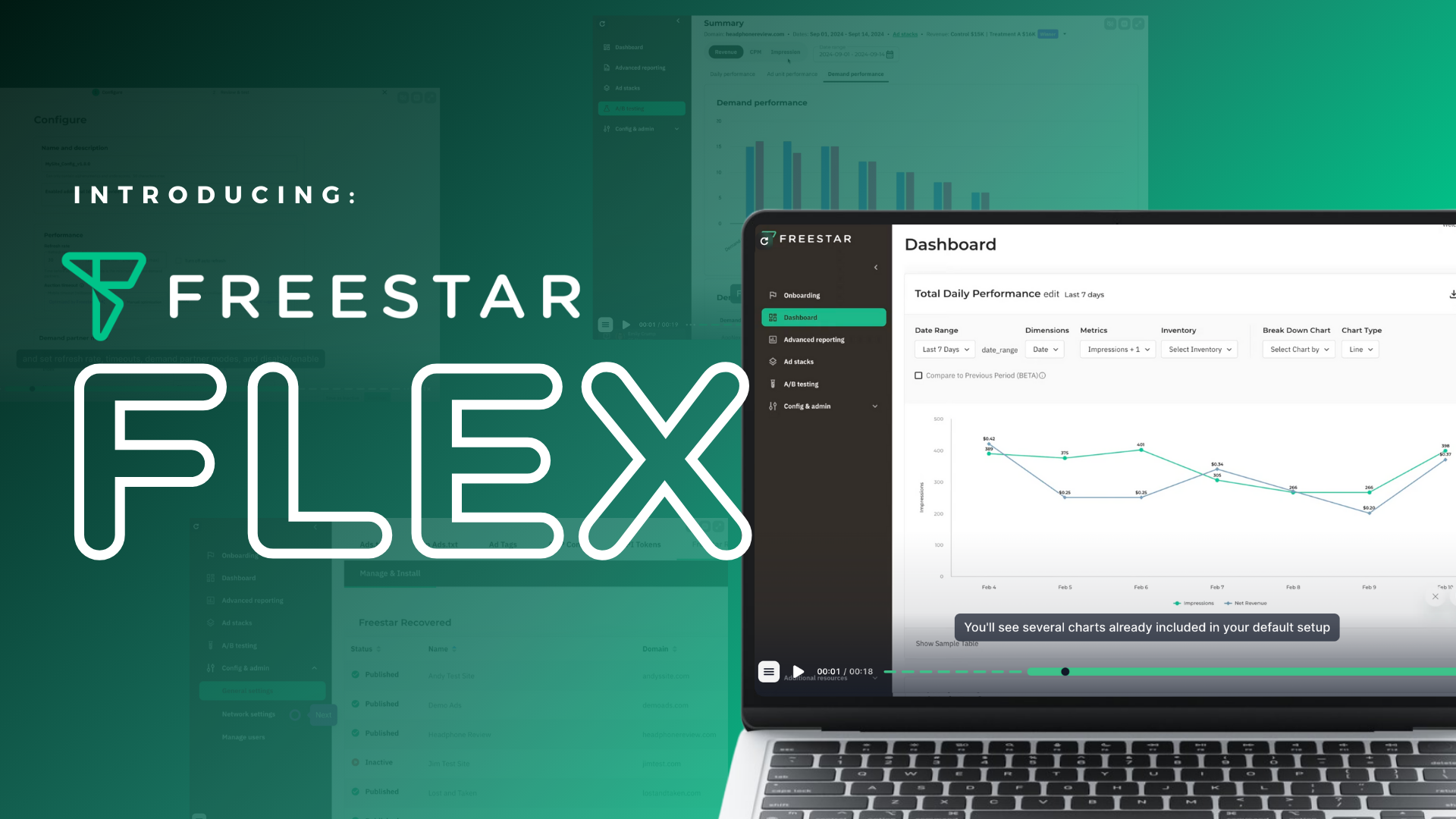You’ve probably heard about price floors before. Since Google Ad Manager switched to the first-price auction model, there seems to be more conversation about price floor optimization. Price floors and the use of Google’s Unified Pricing Rules have become an important component publishers can use for ad monetization strategy and at Freestar, our dynamic flooring product is offered for web display and AMP.
In the first-price auction, demand partners try to optimize their budgets to get impressions at the lowest possible price. For publishers looking to make sure they’re getting a fair value for their inventory, they can achieve this through careful price floor management.
Before we dive into Freestar’s price flooring technology, let’s start with the basics.
What is a Price Floor?
A price floor is an enforced value you set on your inventory so that buyers cannot pay below that amount. It’s a fixed CPM price that acts as a threshold from which only bids higher than the threshold are permitted to participate in the auction. In other words, a price floor prevents demand partners from buying ad impressions at prices below a certain amount set by a publisher or your ad ops solution like Freestar.
If publishers don’t use price floors, the ad inventory’s value can easily fluctuate and decrease over time. Buyers might use a tactic called bid shading to purchase ad impressions at the lowest possible price. A price floor may also be useful in helping prevent low-quality ads from appearing on the publisher’s site which can also affect user experience.
Types of Price Floors
With Google’s shift to first-price auctions, they introduced a new pricing feature — the Unified Pricing Rule. Its goal is to set a common pricing rule to Ad Exchange, Exchange Bidding, Network, Bulk, and Price Priority line items. Simply put, all the indirect demand will have the same pricing rules, hence the name “unified pricing.”
In Google Ad Manager, publishers have access to three types of price floors:
- Set floor prices (fixed CPM): Lowest winning bid must be no less than the floor price.
- Set target CPMs (default): Target CPM dynamically adjusts the floor price on matching inventory to maximize yield.
- Let Google optimize floor prices (Beta) : If you selected Set pricing for everything above, you can leverage Google’s machine learning expertise to automatically set floor prices per-query that maximize yield while protecting long-term inventory value.
Each type of price floor would ideally align with your overall strategy. For example, maybe you want to take a hands-off approach and let Google dynamically set the floor prices for you. It’s best to work with your ad monetization solution to see what the best strategy is to reach your goals.
How Floor Pricing Is Determined
Setting floor prices isn’t easily done. They’re determined by a number of factors and in order to set effective floors, publishers first need to understand what makes their inventory valuable. The different data points to factor in are:
- Device Type – What device are your users logging in?
- Type of Ad Unit – Which ad units are top-performing on your website?
- Geo – Where is your audience coming from?
- Date/Time – How do your ad units perform based on days of the week and time of day?
- Content – As a publisher, what is it about the content you create that engages users and provides value to brands that are looking to advertise alongside it?
- Bid Behaviour – Can you use bid-level data from exchange partners to understand historical market price?
First-party data is going to be even more important with third-party cookies increasingly under scrutiny and falling within privacy restrictions at the browser level (like those already implemented within Safari and Chrome). If publishers can’t determine the value of their audiences, they can be sure the walled gardens of ad giants like Google, Facebook, and Amazon will.
A good ad monetization solution will give you a floor price strategy to implement. A better ad monetization solution will work closely to analyze your data points, test different floor pricing strategies and build innovative solutions to make your price floors more efficient and effective for your business. That’s exactly what Freestar does.
Freestar’s Dynamic Flooring Technology
The goal of implementing price floors is to drive up the revenue generated by each ad request. At Freestar, our flooring technology utilizes artificial intelligence and machine learning to calculate the best performing floor price by website, ad-unit, geo, device type, day and hour for each impression delivered to maximize the ad request eCPM. We developed our dynamic flooring technology to help publishers more intelligently set floors in a first-price, header bidding world.
We believe price floors should increase publisher revenue without impacting the buyer’s incentive to bid and buy. As with any flooring strategy, when a price floor is set too high, buyers are often discouraged from purchasing that inventory and publishers may lose revenue. When a price floor is too low, buyers may feel free to bid close to the price floor so publishers potentially receive less revenue for their inventory than its potential value. Our flooring technology adapts dynamically to reflect inventory market value and is designed to evaluate and determine fair market prices and that include seasonality.
We worked with one of our publishers to implement our dynamic flooring and through using our technology, the publisher was able to increase eCPMs by 46.5% in just one day. Since the day our floors were activated, their average eCPMs now sits around $0.96. There’s nothing more powerful than using artificial intelligence and machine learning because no yield manager has the time or bandwidth to manually calculate your price floor strategy.
Freestar has a dedicated team of data scientists to analyze and monitor all the data points. Our dynamic flooring has been tried and tested on all types of inventory and it understands known and unknown inventory. The AI is smart enough to be able to predict the floor prices for new inventory it’s never seen before, based on all the inventory it’s seen in the past.
In Conclusion
At Freestar, we’re big fans of changes that help clean up and shape up an overly-complicated industry, but we also understand that publishers can often get stuck dealing with the impact of sweeping industry-wide changes, especially when they threaten their bottom line. That’s why we want to help provide publishers with the tools and technology they need to maximize revenue.
We developed our dynamic flooring technology in response to our publishers’ needs and concerns. From the results we’ve seen, it has only helped our publishers improve their bottom line. If you’re curious about our flooring technology and want to learn how we can improve your ad monetization, book a call with us today and our team would be happy to walk you through how we can help you and your business.





